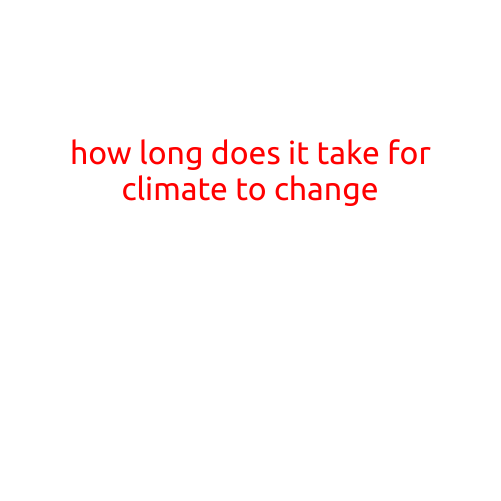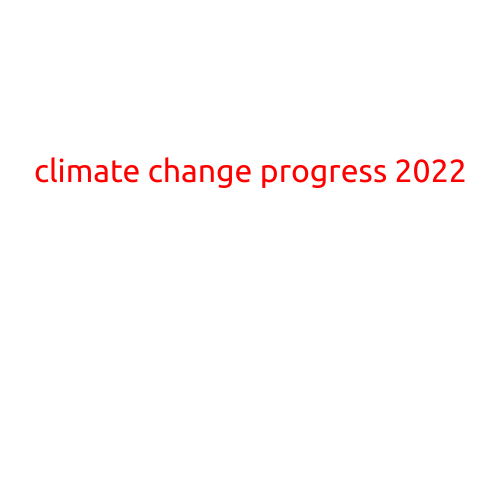
KWL Chart: A Simple yet Effective Tool to Understand Climate Change
As the world grapples with the complexities of climate change, it’s essential to have a solid foundation of knowledge on the topic. A KWL (Know, Want to Know, Learned) chart is a valuable tool that can help individuals of all ages and backgrounds to understand and engage with climate change. In this article, we’ll explore the benefits of using a KWL chart for climate change education and provide a sample chart to get you started.
What is a KWL Chart?
A KWL chart is a simple, yet powerful tool that helps individuals organize their thoughts and understanding of a particular topic. The chart is divided into three columns:
- Know: This column represents what you already know about the topic. It’s a great way to reflect on your initial understanding of climate change.
- Want to Know: This column is where you list the questions or topics you want to explore further. It’s an essential step in engaging with the subject and encouraging critical thinking.
- Learned: This column is where you record new information and insights you gain through your research or learning experience.
Benefits of Using a KWL Chart for Climate Change
Using a KWL chart for climate change education offers several benefits, including:
- Improved understanding: By breaking down complex information into smaller, manageable chunks, a KWL chart helps you build a deeper understanding of climate change.
- Increased engagement: The interactive nature of the chart encourages active participation and exploration, making learning more enjoyable and engaging.
- Critical thinking: The “Want to Know” column prompts you to ask questions and think critically about the topic, developing your analytical skills.
- Flexibility: The chart can be used with various resources and materials, including articles, videos, podcasts, and more.
Sample KWL Chart for Climate Change
Here’s a sample KWL chart for climate change to get you started:
| Know | Want to Know | Learned |
|---|---|---|
| Climate change is a global issue | How does climate change affect different regions? | Rising sea levels are caused by melting glaciers and ice sheets. |
| The main cause of climate change is human activity, such as burning fossil fuels | What are some ways to reduce carbon emissions? | Increasing global temperatures can lead to more frequent and severe heatwaves, droughts, and storms. |
| Climate change has severe consequences, including sea-level rise and extreme weather events | How can individuals contribute to addressing climate change? | Planting trees and preserving forests can help absorb carbon dioxide from the atmosphere. |
Conclusion
Using a KWL chart is a simple yet effective way to learn about climate change. By following the structure of the chart, you can develop a deeper understanding of the topic, engage with complex information, and think critically about the issue. Remember to keep your chart open-ended, and don’t be afraid to add new questions or topics as you continue to learn.
Activities to Try
- Create a KWL chart with a friend or family member and share your findings.
- Use a KWL chart to summarize a climate change-related article or video.
- Create a visual representation of your KWL chart, such as a mind map or infographic.
- Share your KWL chart with a local community group or organization to promote climate change awareness.
By embracing the KWL chart approach, you’ll be well on your way to developing a comprehensive understanding of climate change and becoming a more informed and engaged citizen of the world.





